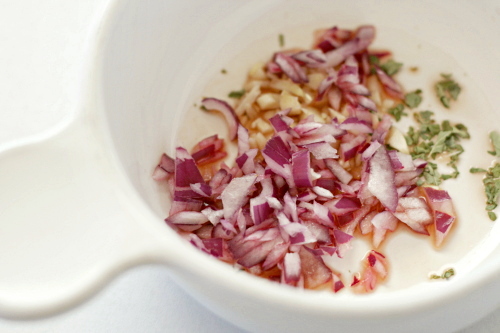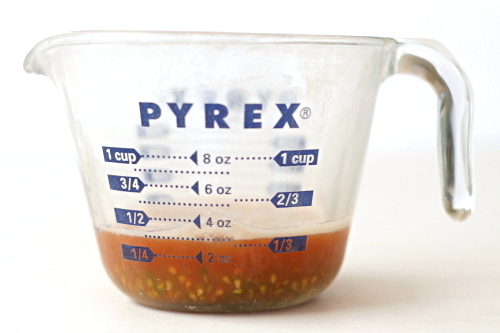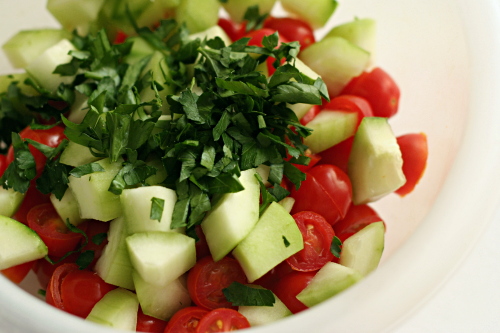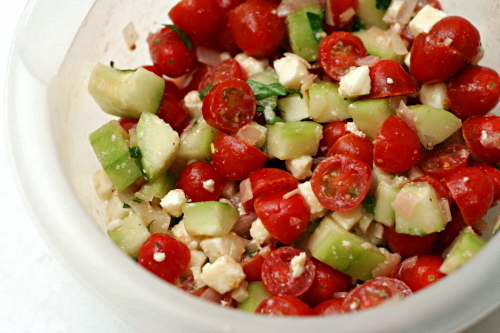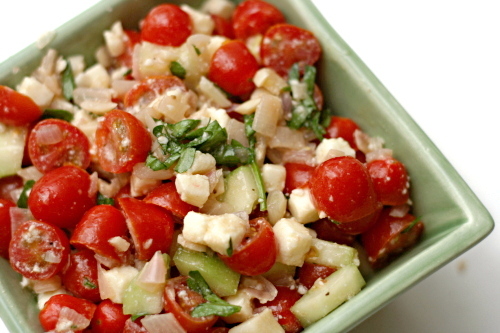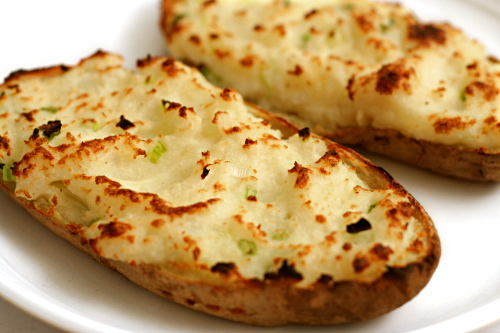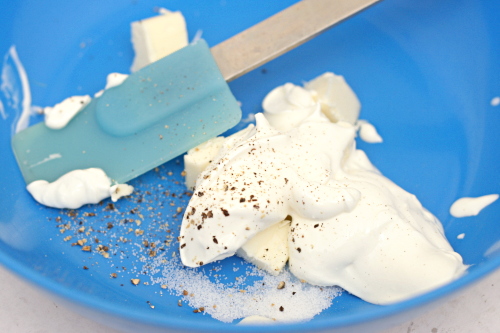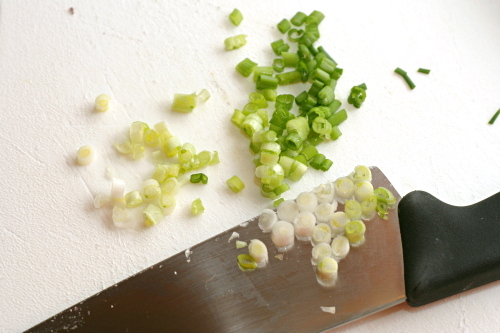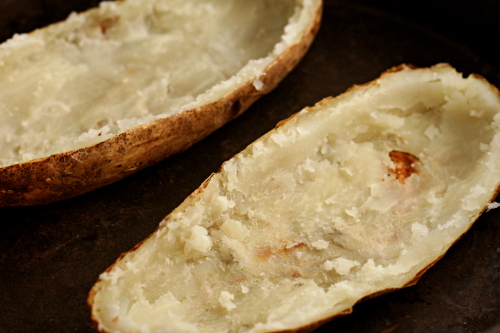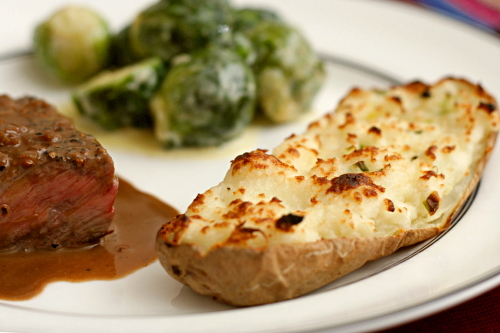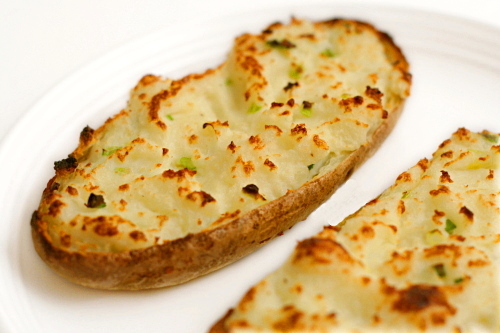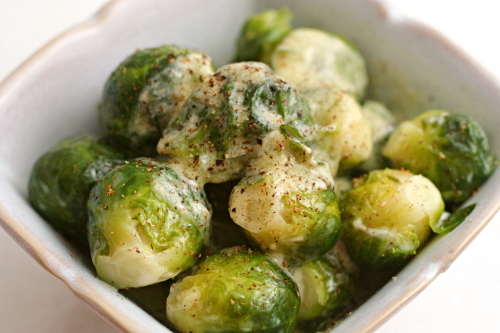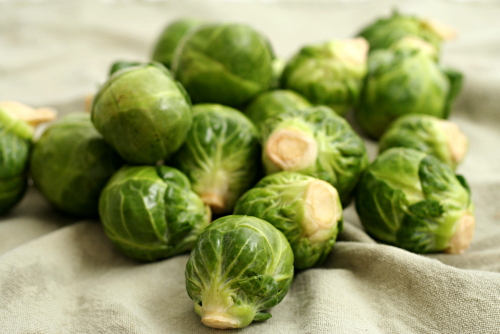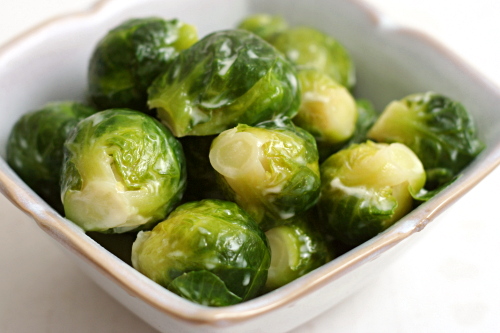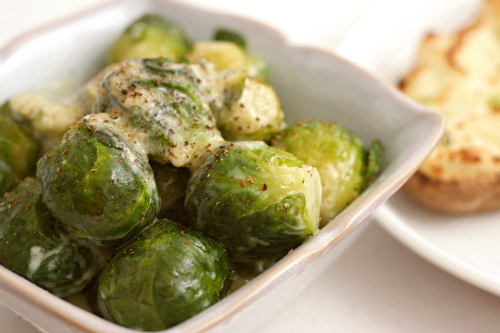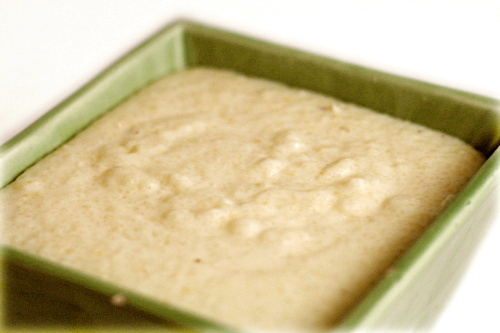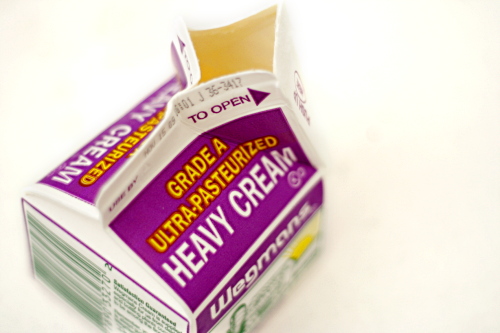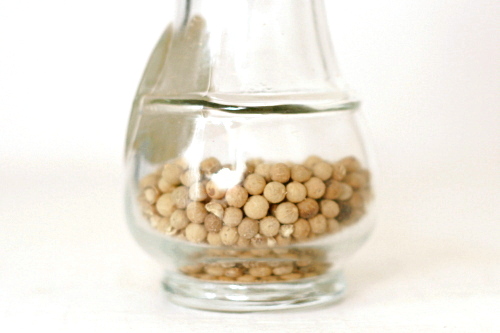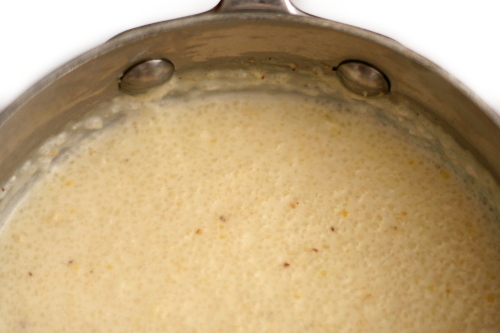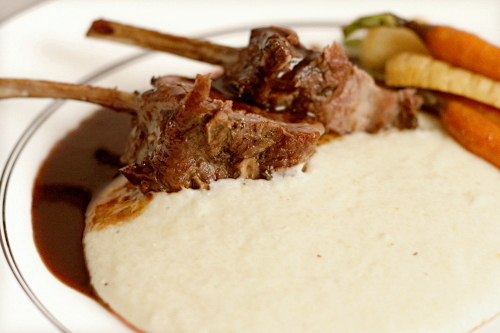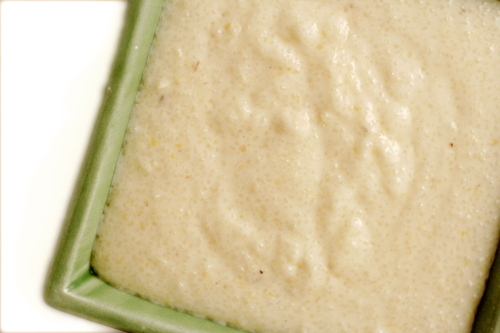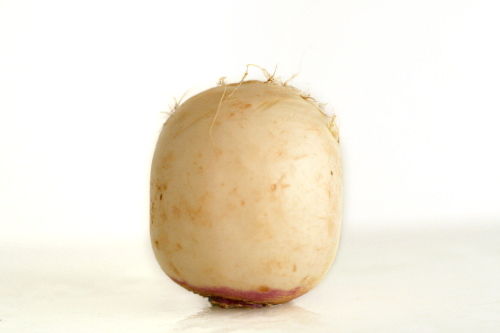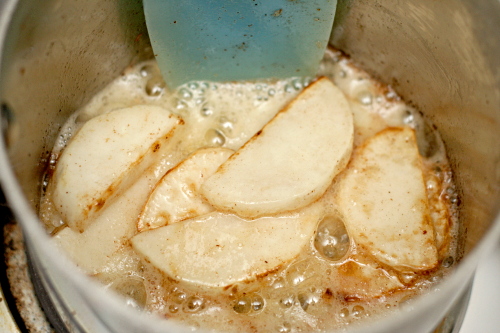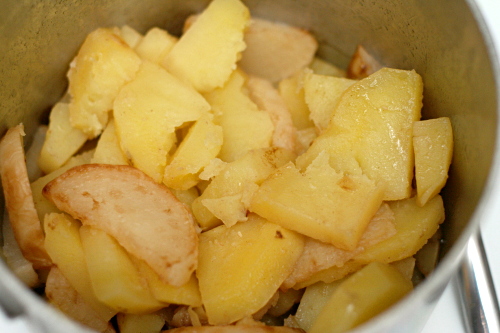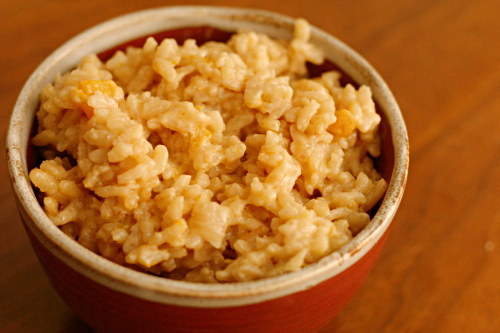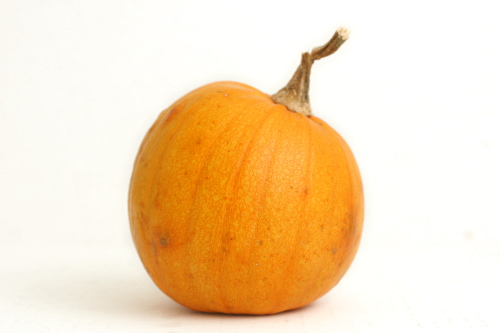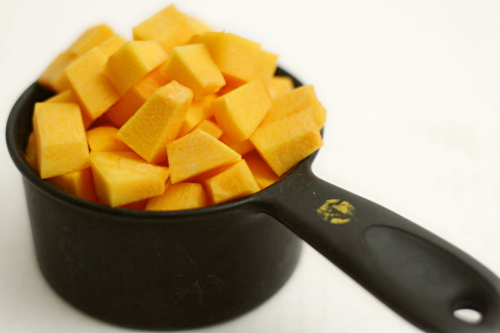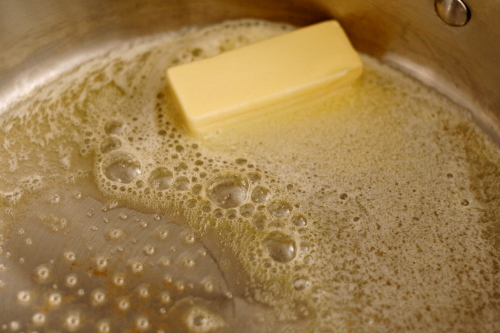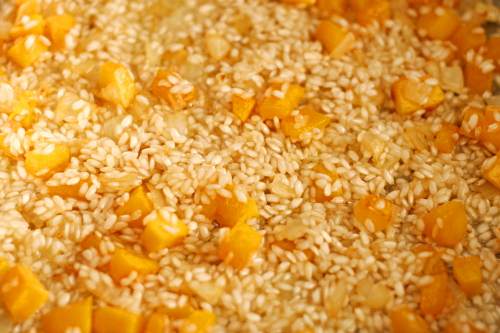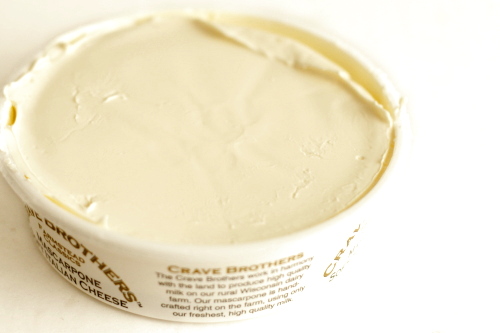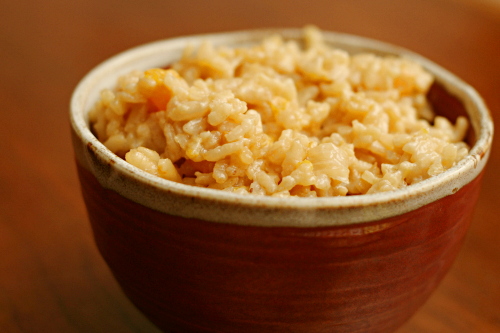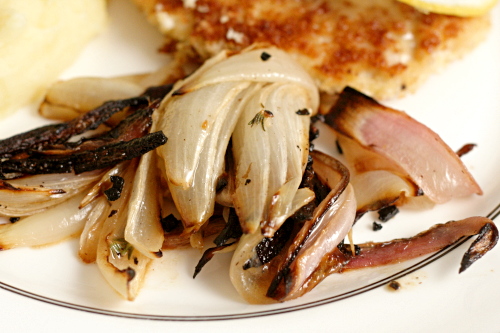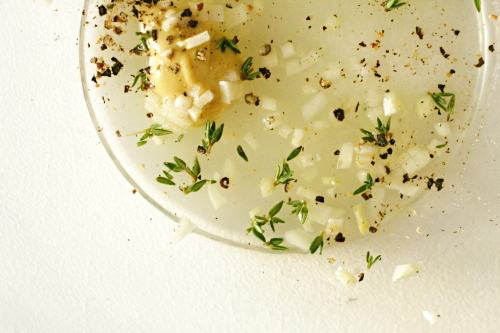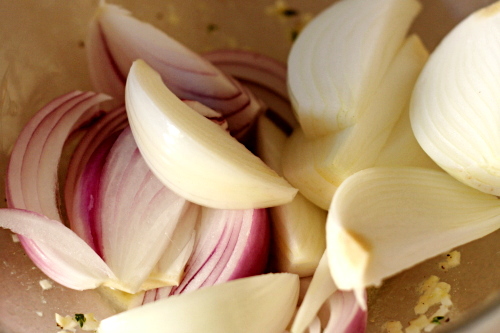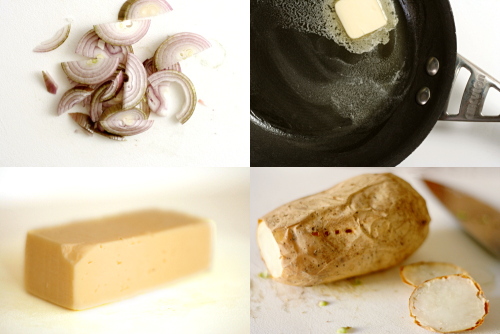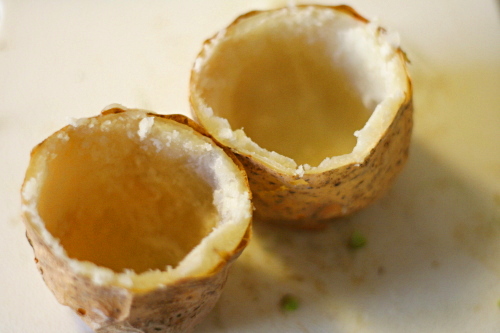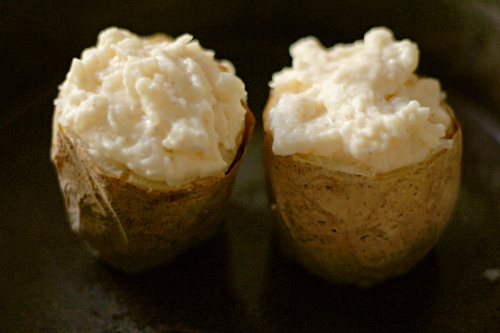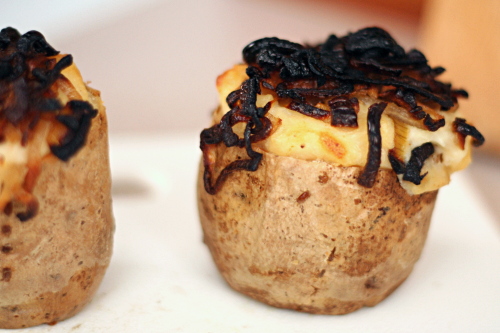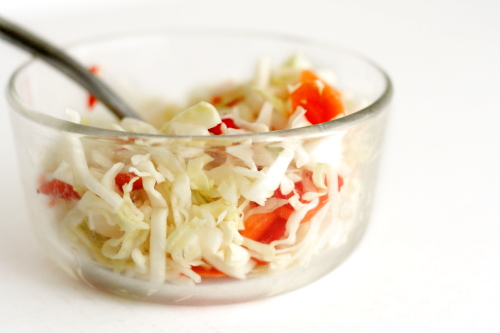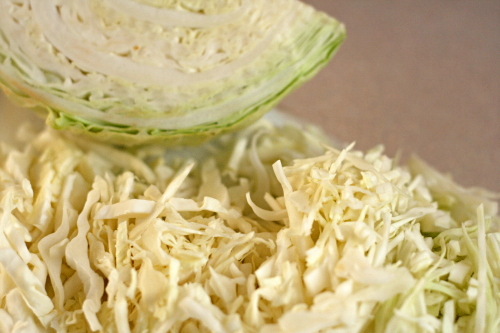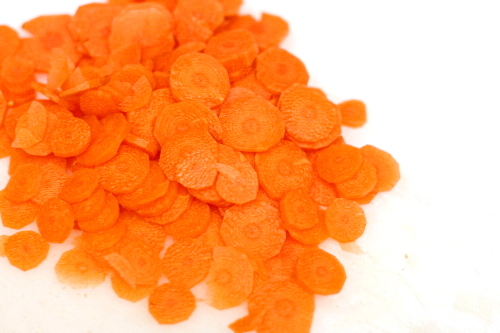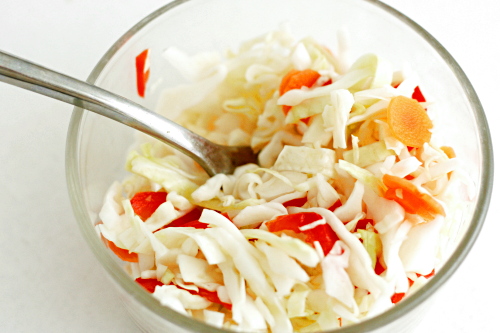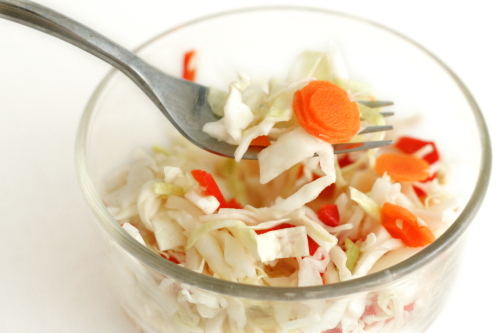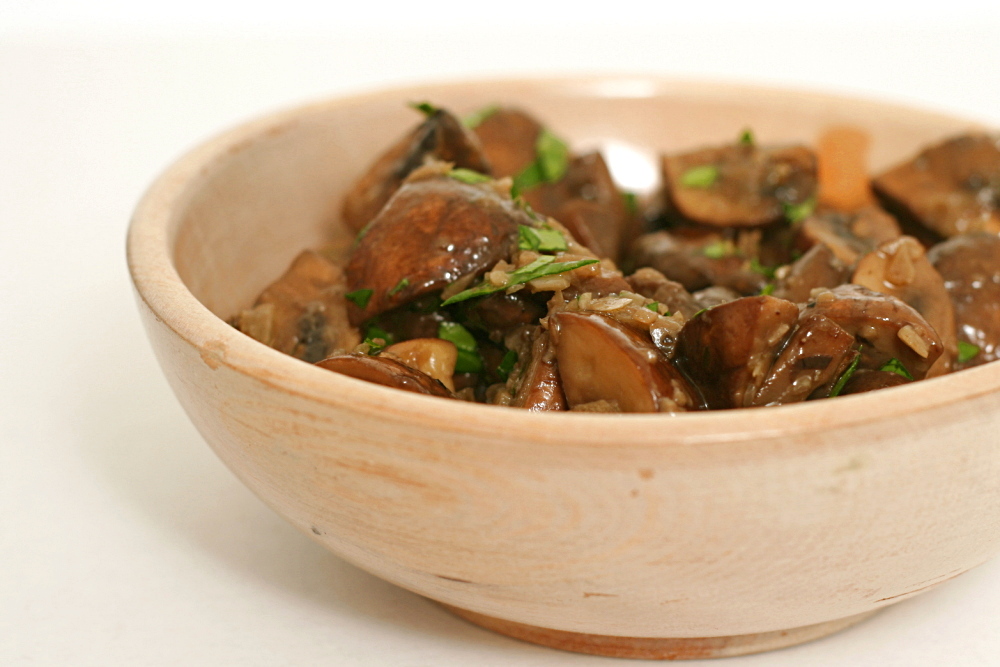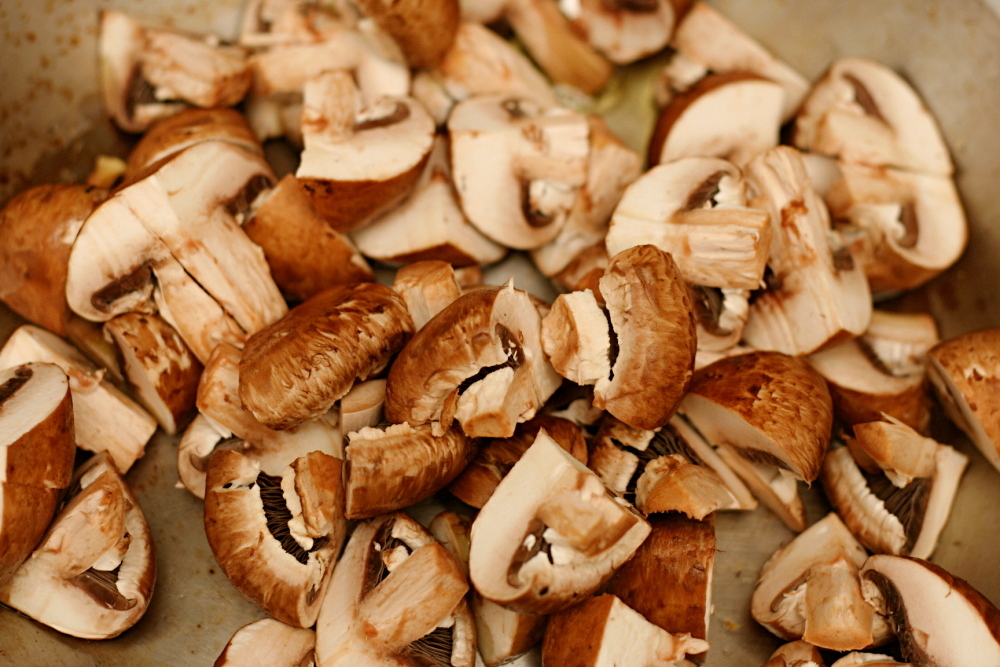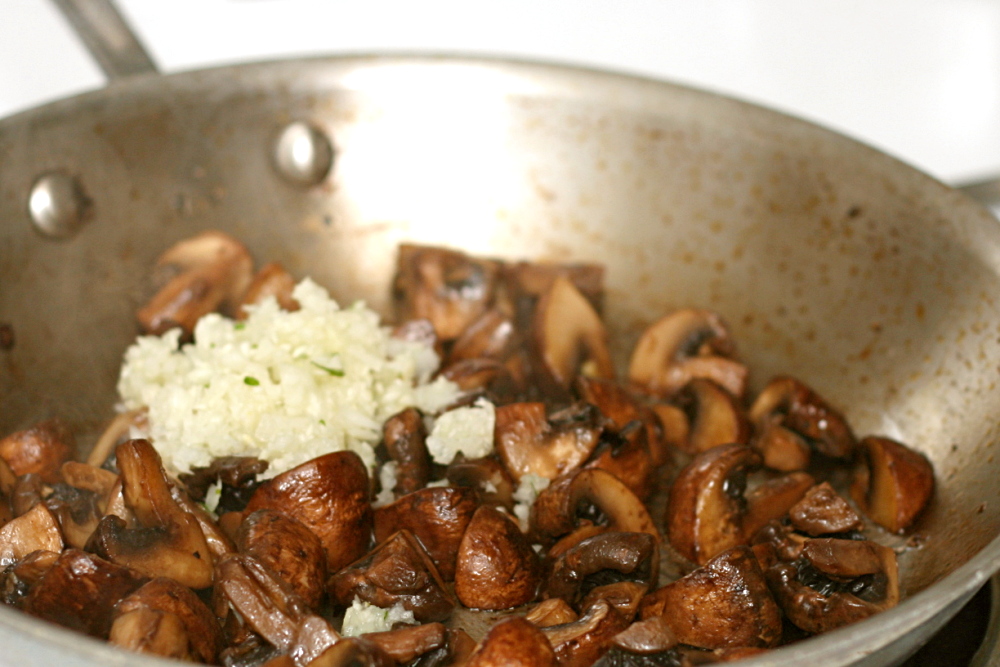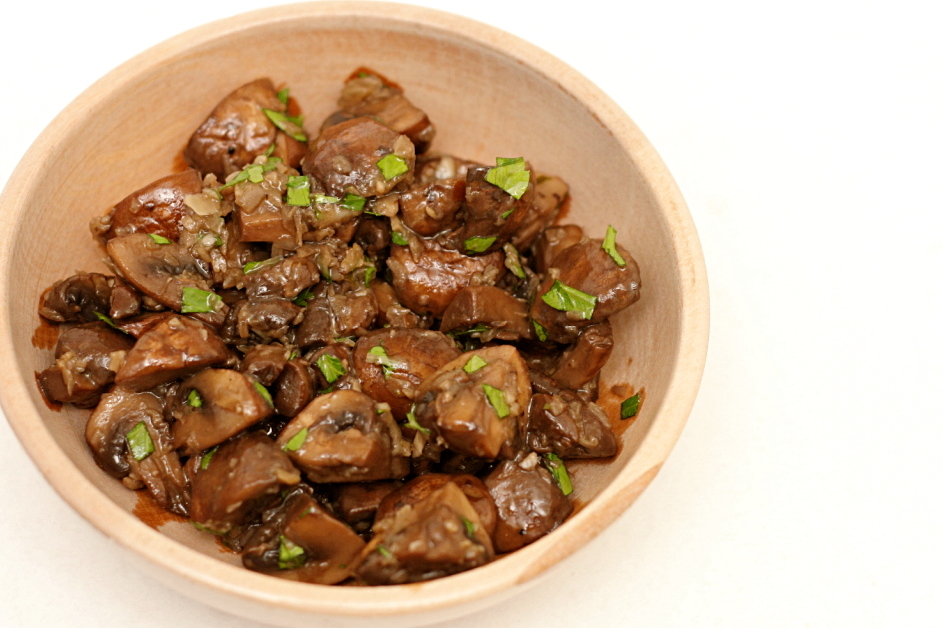Here are two common pairings that seem impractical to me – bread served with pasta and fries served with burgers. Of course they’re tasty combinations – who doesn’t love more carbs? – but do they make nutritional sense?
Granted, a leafy green salad would be too refined, and roasted or steamed vegetables don’t go with the casual feel of a burger. That’s why I love a non-lettuce based salad to go along with burgers, instead starring something like mushrooms or peppers or tomatoes.
Even though my little desert town has perfect grilling weather nearly year-round, it does not have perfect tomatoes. That’s a nice thing about this salad – you can make it with grape tomatoes, the only decent tomato option at the grocery store for most of the year.
What’s more, the tomato flavor is enhanced by draining the watery juice from the tomatoes and reducing it to use with the dressing. The dressing ends up somewhat sweet, which is nicely balanced by tart red wine vinegar, fresh cucumber (I can’t believe I used to not like cucumber), and salty feta. I’d take this salad over fries any day.
One year ago: Lemon Poppy Seed Waffles
Two years ago: Whole Wheat Pasta with Greens, Beans, Tomatoes, and Garlic Chips
Printer Friendly Recipe
Greek Cherry Tomato Salad (from Cooks Illustrated)
If in-season cherry tomatoes are unavailable, substitute vine-ripened cherry tomatoes or grape tomatoes from the supermarket. Cut grape tomatoes in half along the equator rather than quartering them.
If you don’t have a salad spinner, after the salted tomatoes have stood for 30 minutes, wrap the bowl tightly with plastic wrap and gently shake to remove seeds and excess liquid. Strain the liquid and proceed with the recipe as directed.
The amount of liquid given off by the tomatoes will depend on their ripeness. If you have less than ½ cup of juice after spinning, proceed with the recipe using the entire amount of juice and reduce it to 3 tablespoons as directed.
2 pints ripe cherry tomatoes, quartered (about 4 cups) (see note)
table salt
½ teaspoon sugar
2 medium garlic cloves, minced or pressed through a garlic press (about 2 teaspoons)
½ teaspoon dried oregano
1 medium shallot, minced (about 3 tablespoons)
1 tablespoon red wine vinegar
2 tablespoons extra virgin olive oil
ground black pepper
1 small cucumber, peeled, seeded, cut into ½-inch dice
½ cup chopped pitted kalamata olives
4 ounces feta cheese, crumbled (about 1 cup)
3 tablespoons chopped fresh parsley
1. Toss tomatoes, ¼ teaspoon salt, and sugar in a medium bowl; let stand for 30 minutes. Transfer the tomatoes to a salad spinner and spin until the seeds and excess liquid have been removed, 45 to 60 seconds, stirring to redistribute the tomatoes several times during spinning. Return the tomatoes to the bowl and set aside. Strain the tomato liquid through a fine-mesh strainer into a liquid measuring cup, pressing on the solids to extract as much liquid as possible.
2. Bring ½ cup tomato liquid (discard any extra), the garlic, oregano, shallot, and vinegar to a simmer in a small saucepan over medium heat. Simmer until the mixture is reduced to 3 tablespoons, 6 to 8 minutes. Transfer the mixture to a small bowl and cool to room temperature, about 5 minutes. Whisk in the oil and pepper to taste until combined. Taste and season with up to ⅛ teaspoon table salt.
3. Add the cucumber, olives, feta, dressing, and parsley to the bowl with the tomatoes; toss gently and serve.

